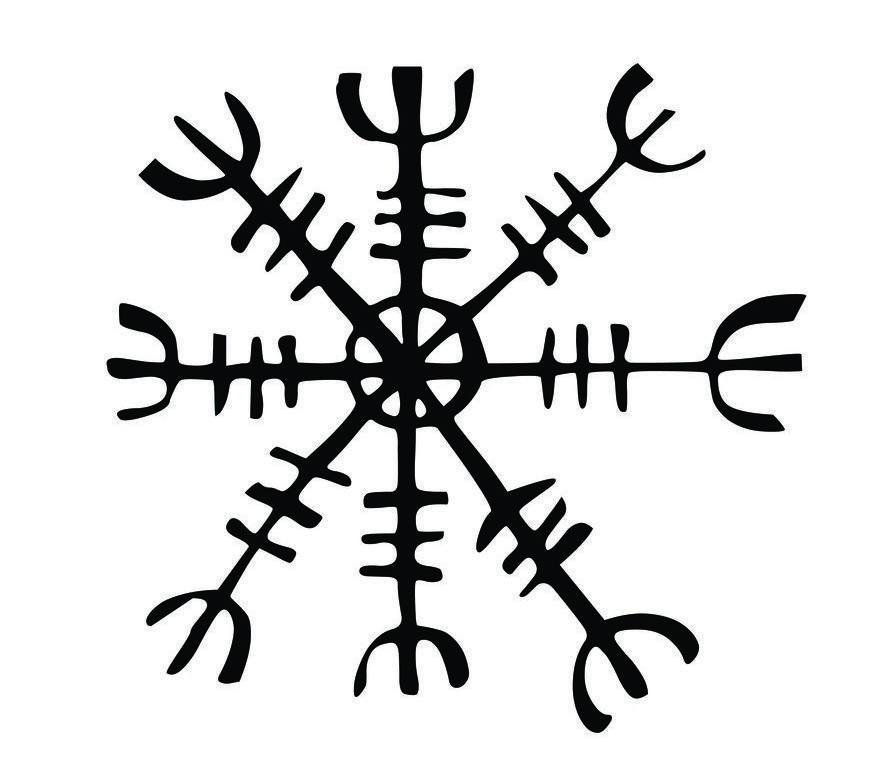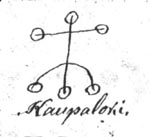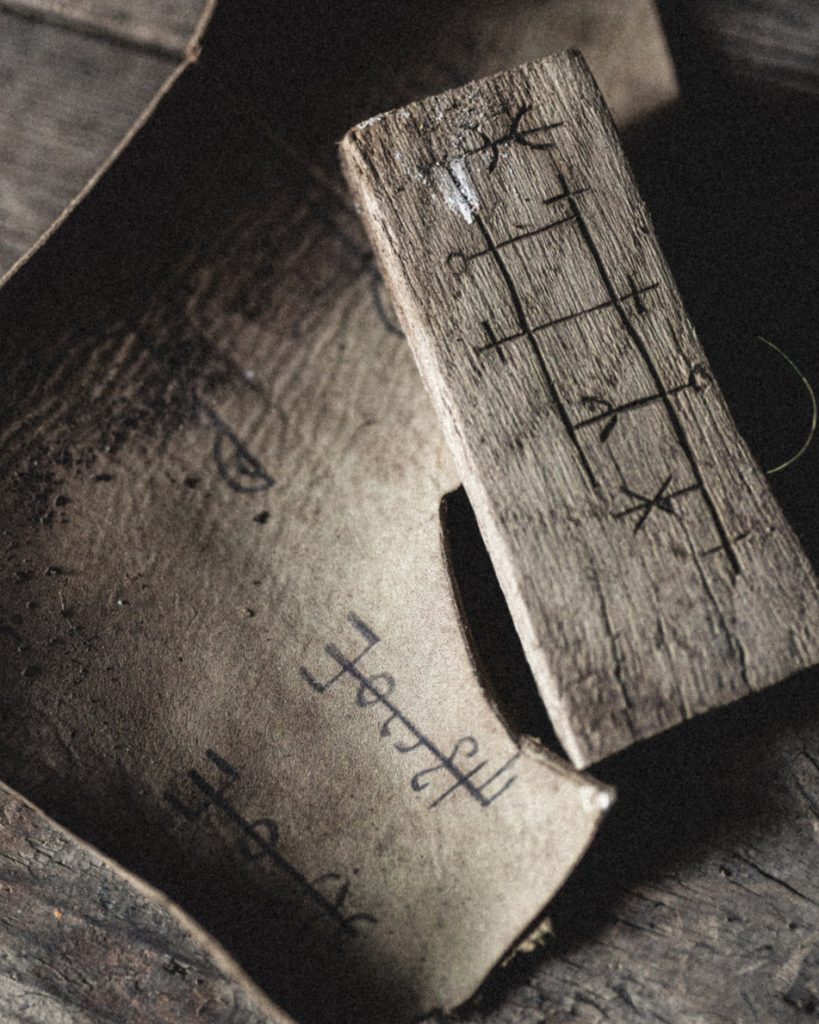Where the stories
come alive.

Feel the folklore come alive by visiting historical sites of sorcery and folklore in Strandir. The area has from the settlement of Iceland in the 9th century been one of the most remote and scarcely populated areas in Iceland, known for its legacy of sorcery and magic.
You can find various hiking trails from Holmavik. If you wander around the cliffs above the village you never know, the elves might show themselves!

Below are two maps of hiking trails that you are welcome to print out:
The trolls of Strandir
See on the map: Tröllahjónin – Kerling


There were once three trolls who wanted to find a troll colony in the Westfjords in order to live in peace and be left alone from people and their church bells. So they started digging the Westfjords away from the mainland.
In Gilsfjörður there was a married troll couple that dug very hard and threw the rocks onto the fjord and this is the reason why we have so many islands in Breiðafjörður. Digging from the other direction, towards the couple, was a trollwoman who had a large bull to assist her. She carried the rocks into the mountains.
The trolls were so focused on digging that they did not notice that the sun was coming up soon and that they needed to go to their caves before being bathed in the light of day. They tried fleeing when they realised this but the sun caught up with the husband and wife when they reached Kollafjörður and the trollwoman when she reached Drangsnes.
The trollwoman looked back, but when she saw how little she had achieved, she got angry and slashed the ground with her awl, and out sprang the island of Grímsey, which still lies today outside Drangsnes. The trollwoman is still standing on Drangsnes by the sea, but her bull is at the end of Grímsey. Even today, you can still see the troll couple down by the beach in Kollafjörður.
Selkolla - Seal Head
At the top of Bjarnarfjarðarháls is a large rock that stands out from the surroundings and is called the Stone of Selkolla. It gets its name from the ghost Selkolla, who terrified the people in the countryside, especially men.
Once upon a time, a working couple, a girl and a boy, were hired to take a little girl to be baptized in the church in Staðardalur. On the way, they stopped at a big rock where they put the baby down and went behind the rock to do something immoral.
When they returned, the baby was blue and lifeless. They walk away but only a short distance from the child, they hear crying. When they come back, the child has become a terrible sight and they do not dare to take it, but flee home again. People go up the hill to look for the baby but cannot find it. Soon after, people in the countryside start seeing a ghost that looks like a woman but with a seal's head, from which she gets her name, Selkolla.
Svanshóll
If you are visiting the Sorcerer’s Cottage you are near Bjarnarfjörður, an area filled with stories and tales of the pagan customs, folklore, and sorcery. Svansholl (Svan’s Hill) in Bjarnarfjörður, where you will also find the Sorcerer’s Cottage, was originally the land of Svanur the Sorcerer. He is mentioned in Njal’s Saga, one of the most famous of the Sagas. There, he is said to be “a great sorcerer” and “very difficult to deal with”.
Learn more about Svanur (Icelandic)
Sorcerer's Cottage
The Museum's Sorcerer's Cottage is in Bjarnarfjörður. The Cottage is the second part of the Museum's exhibition and gives insight into the lives of people in the 17. century.
Learn more about the Sorcerer's Cottage (Icelandic)

Goðdalur would translate as the “valley of the goð”, a goð being a high priest in the old Norse religion. This valley is the site of numerous tales from “Ásatrú”, the religion of the original Viking settlers, mysterious forces and dangerous beings. The valley has a preserved mound which is allegedly the burial site of Goði. Supposedly there are also remains of a hof (útskýring). Goði’s haugur and its surroundings are bound by spells and were never used for grazing and the grass was never cut.
There is supposed to be a temple ruin in Goðdalur and it is said that the temple god threw the idols of his gods into the river Goðafoss after he abandoned the pagan custom. The mound and the surroundings of the temple are cursed, and animals never grazed there and the land was never sold.
Goðdalur is a rather remote, smaller valley leading from the larger Bjarnarfjordur valley.
Learn more about the Blood Stone that was found in Goðdalur (Icelandic)
Kistan (The Chest): Where it all started

In the Arneshreppur district in Strandir, further to the north, is Kistan ("the chest"). There, three men were burned for witchcraft in 1654, marking the beginning of the witch-hunts in Iceland. Kistan is a peculiar looking crevice by the sea between the farms Litla-Ávík and Finnbogastaðir.
More to see:


